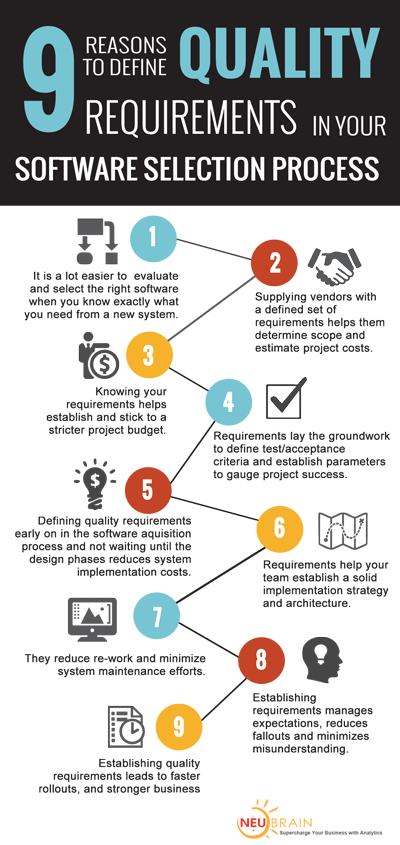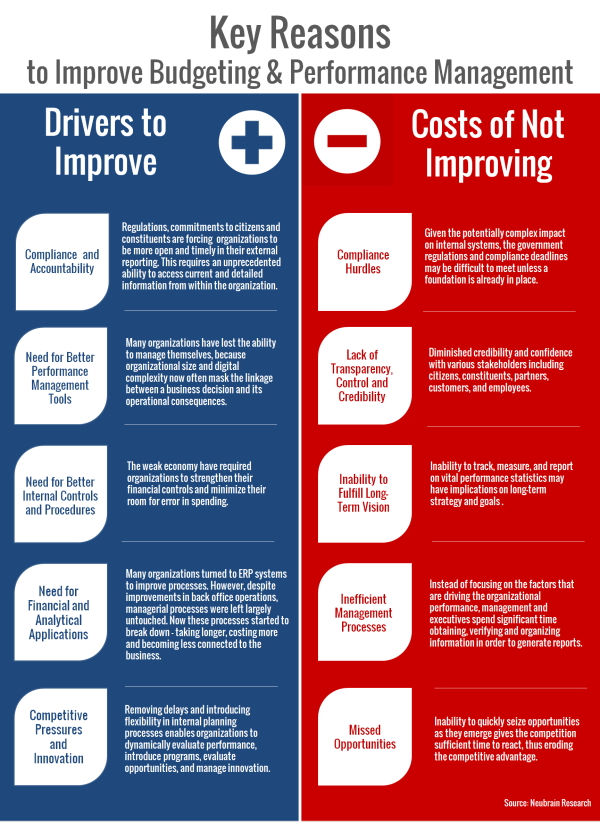Budgeting, forecasting and performance management is a difficult process for organizations, not to mention reporting on results can be challenging, regardless of size or industry. Enterprise planning is critical for managers that contribute to the overall success or failure of a program, project or product, especially in good and bad economic times. Despite the importance of accurate forecasting, budgeting is often seen as a demanding and inefficient process. Yet forward-thinking organizations see integrated planning and performance management solutions necessary to compete.
Earlier this month, Aberdeen Research released the results of their 2014 Financial Planning, Budgeting, and Forecasting and Enterprise Performance Management Benchmark Survey. The survey sought to discover the best practices and technologies used by organizations that are successfully navigating the financial planning, budgeting and forecasting process. So, what did the survey reveal?





